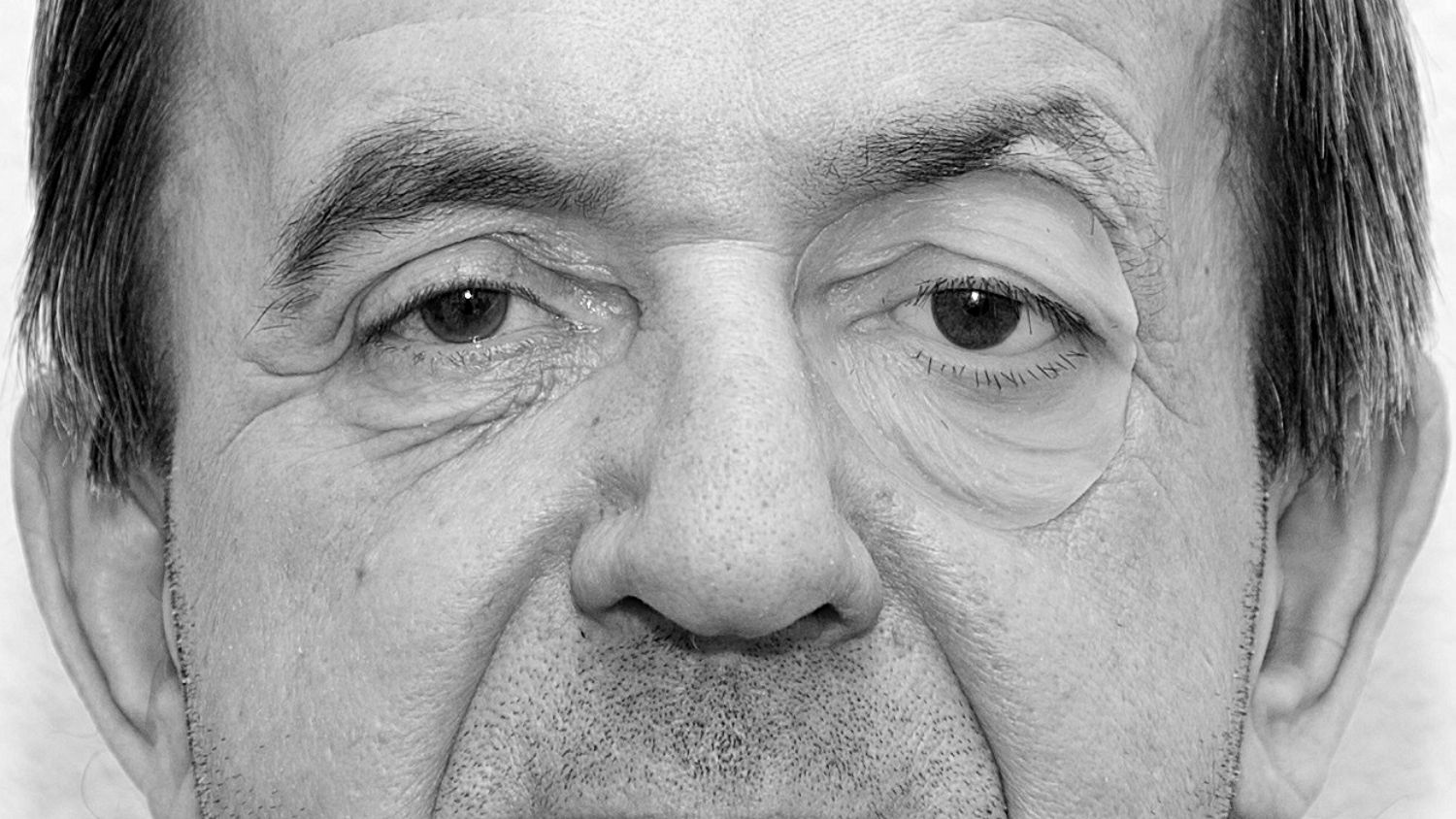Orbital Prosthesis
An orbital prosthesis is a combination of an ocular prosthesis and silicone to replace not only the eye but the surrounding tissues as well. Sometimes when the defect extends to a larger portion of the face the prosthesis used is known as a mid-facial prosthesis.

The orbital prosthesis includes
Ocular prosthesis – The eyeball placed within a silicone form
Silicone Prosthesis – The casing surrounding the eyeball. This is shaped to mimic the anatomy, size and texture of the missing tissues
An orbital prothesis will be required due to an exenteration surgery. This is an extensive surgery of the eye and surrounding areas in which, not only the eye ball but also nerves and muscle tissue is removed. An exenteration is required in cases of advanced cancer, mucormycosis and other destructive diseases.
Various kinds of orbital prostheses
Based on the method of retention orbital prosthesis can be of the following types:
- • Adhesive retained – This is the most basic form of an orbital prosthesis in which a special adhesive is used to fix the prosthesis in place.
- • Spectacle mounted – In this case the prosthesis is attached to a pair of glasses. The disadvantage being that the prosthesis is removed once the glasses come off.
- • Implant retained – the most advanced form of prosthetic management in which dental implants are placed during the initial ablative surgery and are later used to provide fixation to the orbital prosthesis.
Orbital prosthetic surgery:
Based on the kind of prosthetic implants may or may not be placed during the initial ablative surgery. Following the surgery, the wound is allowed to heal completely. After healing measurements are taken by the maxillofacial prosthetist for fabrication of the ocular and silicone prosthesis.
The ocular prosthesis is made to match the normal side and the silicone prosthesis is fabricated having the same anatomy, size and colour as the normal side.
What care should I take for my prosthesis?
Prosthesis maintenance is very simple and easy.
- • Clean the tissue surface of your prosthesis with a gentle soap or baby shampoo and a damp cloth. The surface of the implant bar and the skin should be cleaned with a cotton bud and soap on a daily basis.
- • When you are not wearing the prosthesis keep it in an airtight container. Keep this container in a dry and dark area away from sunlight.
- • It is advisable that you should remove the prosthesis when engaging in physical activities and contact sports (cricket, football, swimming etc)
What shouldn’t I do after receiving my prosthesis?
- • Avoid wearing the prosthesis in direct heavy sunlight. A cap or hat can reduce the chances of damage to the prosthesis.
- • Avoid rinsing or cleaning the textured side of the prosthesis. This might cause the stain to come out and distort the prosthesis.
- • Do not clean the prosthesis with alcoholic solvents or heavy detergents.
Book An Appointment
